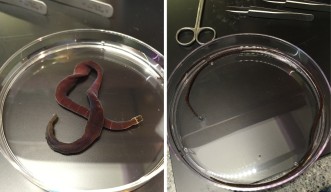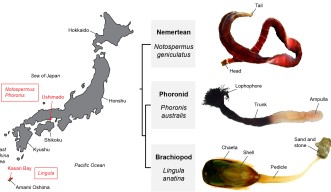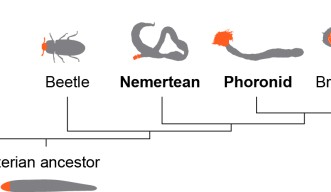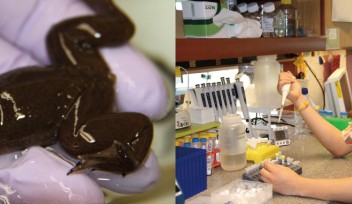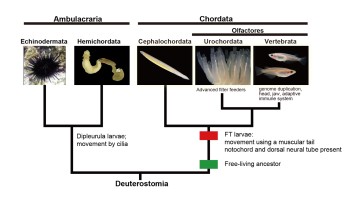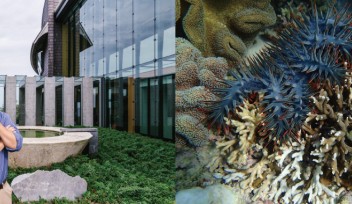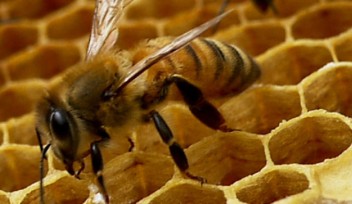Worm Genomes Reveal a Link Between Ourselves and Our Distant Relatives
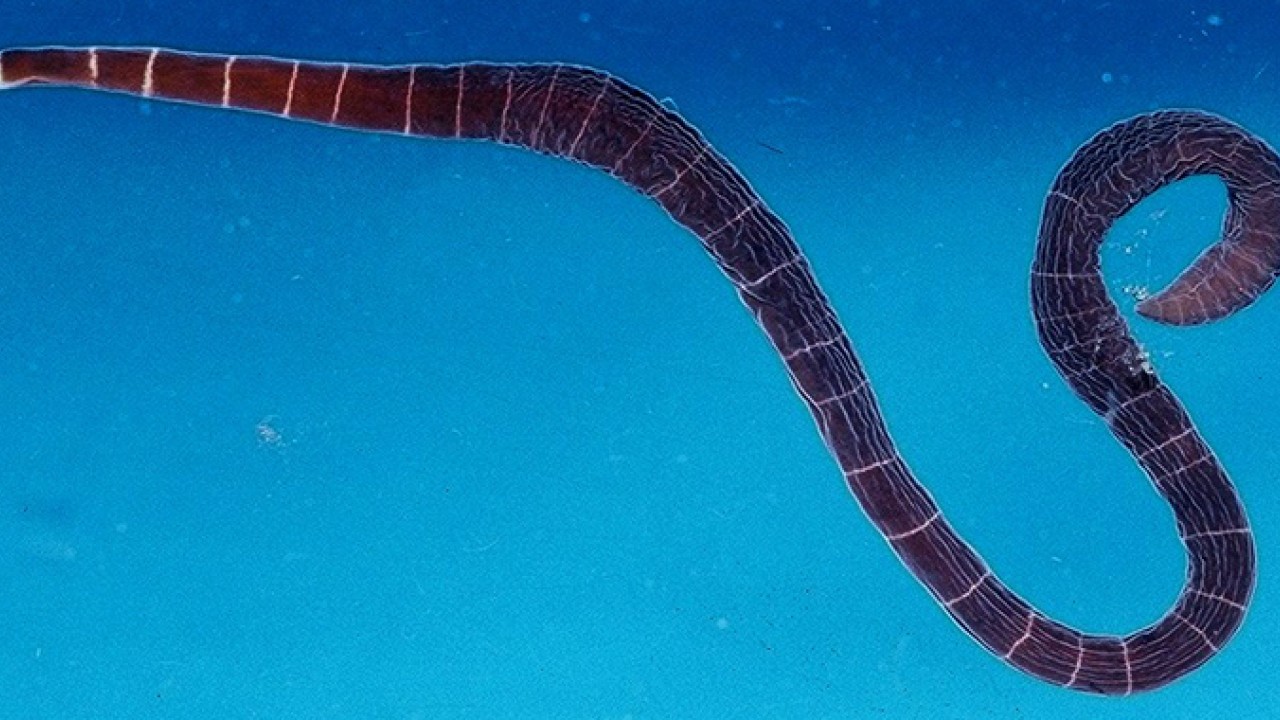
If you were to visit a marine biology lab at the Okinawa Institute of Science and Technology Graduate University (OIST), you might find strange-looking worms squirming in petri dishes, their elongated bodies expanding and contracting. You may also be surprised to find that you have quite a lot in common with these humble creatures.
Researchers from the Marine Genomics Unit at OIST, in collaboration with Okayama University, have decoded two worm genomes and found that they have several genetic similarities with the vertebrates. This result is surprising, given that these groups are only distantly related.

More than 550 million years ago, a major group of animals called the bilaterians, animals with bilateral symmetry, underwent an evolutionary event in which they diverged into two groups, the protostomes and the deuterostomes. The deuterostomes include the vertebrates, comprising fish, birds, amphibians, reptiles and mammals, including humans. The deuterostomes also include some less familiar animals such as sea urchins and starfish. The protostomes include several invertebrate groups such as insects, spiders, lobsters and flatworms. The worm species studied here belong to a special group within the protostomes called the lophotrochozoans.
Despite their obscure sounding name, lophotrochozoans represent more than one third of known marine animals. This group includes earthworms, leeches, snails, oysters, octopuses, and other invertebrate groups and they play many important ecological roles.
In a paper published in Nature Ecology & Evolution, the researchers analysed the genomes of two lophotrochozoan worm species, the nemertean Notospermus geniculatus, a ribbon worm, and the phoronid Phoronis australis, a horseshoe worm. They found that ribbon worms and horseshoe worms are evolutionarily closely related, despite looking very different.
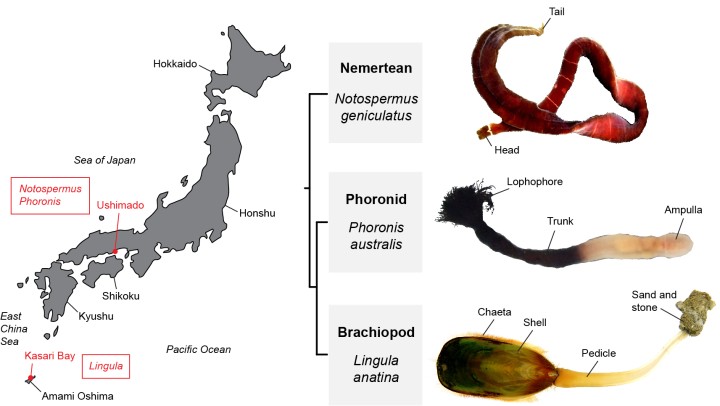
Surprisingly, the researchers found that these worms, which are protostomes, share many gene families and gene arrangements with the deuterostomes, the group that includes the vertebrates. For example, they share genes that are involved in multicellularity and maintenance of the body’s internal environment. They also share a common system for controlling head development; the same mechanism that controls vertebrate head patterning also controls the development of ribbon worm heads and horseshoe worm feeding tentacles. Other protostome groups, such as insects, have lost some of these genetic features.
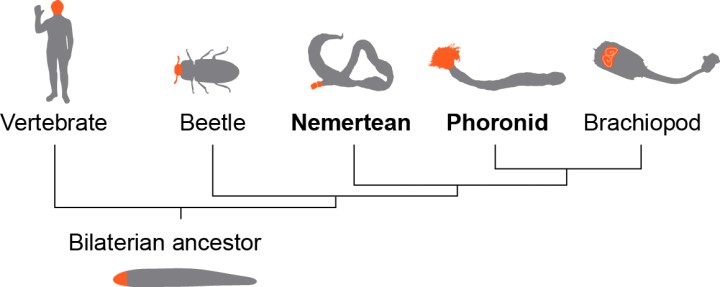
Conversely, the researchers also found that many genomic features are only found in specific groups of worms, such as genes relating to toxin production and immunity. This shows the dual nature of animal evolution in which certain genes are conserved over evolutionary time whilst other genes change. Lead author of the paper, Yi-Jyun Luo, says, “We show here that animal genome evolution is a dynamic process.”
Despite the enormous diversity of the animal kingdom, certain features are preserved between distantly-related groups. “It is fascinating to think that humans have retained some genetic programs which were encoded in our ancient ancestors hundreds of millions of years ago, maintaining a link between ourselves and our distant relatives,” says Luo.
Specialty
Research Unit
For press enquiries:
Press Inquiry Form










